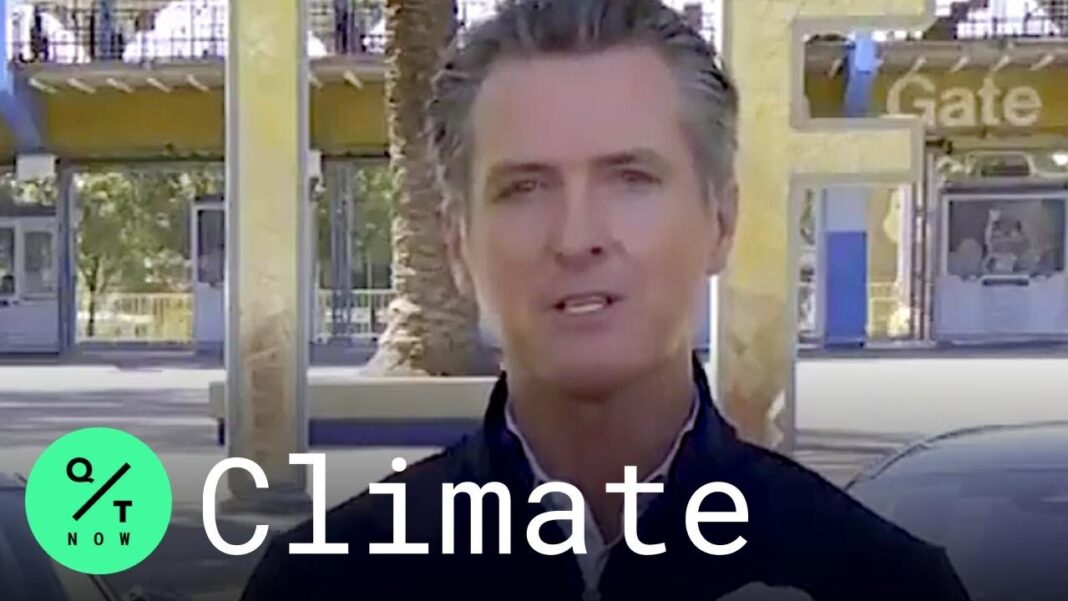As a result of California Governor Gavin Newsom’s executive order, gas-powered vehicles will be banned by 2035. This refers to new vehicles and existing gas-powered cars and trucks that will be allowed on California roads for the moment.
Other states are following California. But with electric vehicles (EVs) comes an investment. What are the economic ramifications of banning gas-powered vehicles? Can California afford it? Can America afford it?
California Bans New Gas-Powered Vehicles 2035
Gov. Newsom’s executive order was announced in 2020 and was followed by the California Air Resources Board’s approval in August 2022. Automakers and car dealers will be restricted to selling only cars, SUVs, and pickup trucks that generate zero tailpipe emissions by 2035.
To prepare for this, California’s Advanced Clean Cars II rule requires 35 percent of new cars and light trucks to have zero emissions by 2026. Sixty-eight percent must reach that goal by 2030.
Power Grids and Demand
There are ramifications to the gas-powered ban. One of these is the need to upgrade the power grid.
In the past, California residents have been plagued with planned rolling blackouts. Some of these were designed to cut the risk of wildfires. In high-risk areas, electric utilities are often preemptively shut off during windstorms, but many blackouts resulted from the strain on the power grid. Residents were asked to conserve energy.
California has experienced more outages in the last five years than any other state except Texas. On average, a California blackout lasted roughly 10 hours, with the longest lasting two and a half days.
Electric vehicles are dependent on the grid. If the power goes out, so does the car.
Cost of Upgrading California Power Grid
Preventative fire measures aside, California’s power grid will need to be upgraded to handle the increase in EV usage.
In 2021, analytics firm Kevala conducted a study for the California Public Advocates Office. Kevala found that without load management of other mitigation measures, system-level peak load would increase as much as 56 percent between 2025 and 2035.
This increase would mainly be due to EVs. Kevala estimated that upgrading the grid would cost $50 billion.
By Anne Johnson
















































